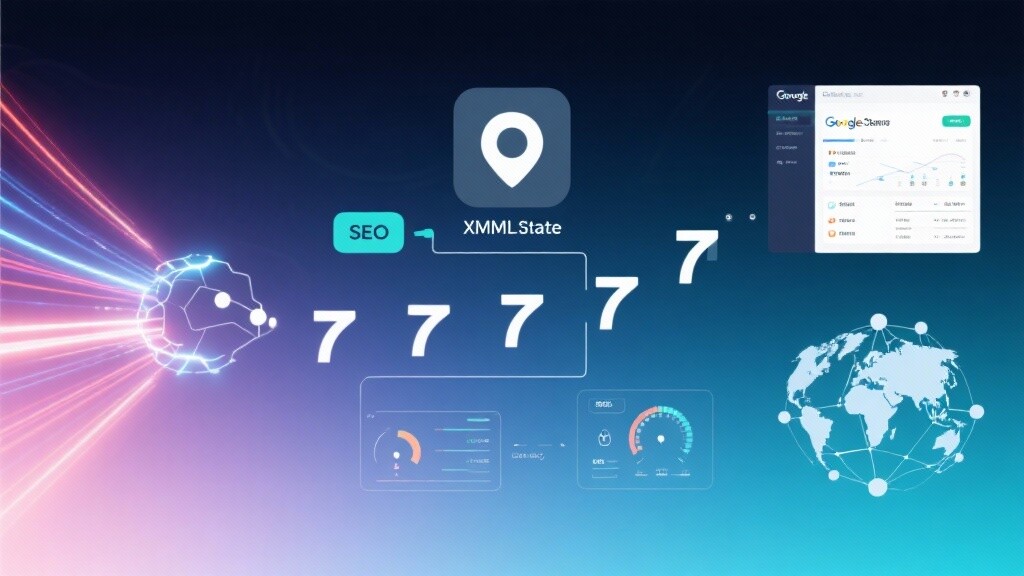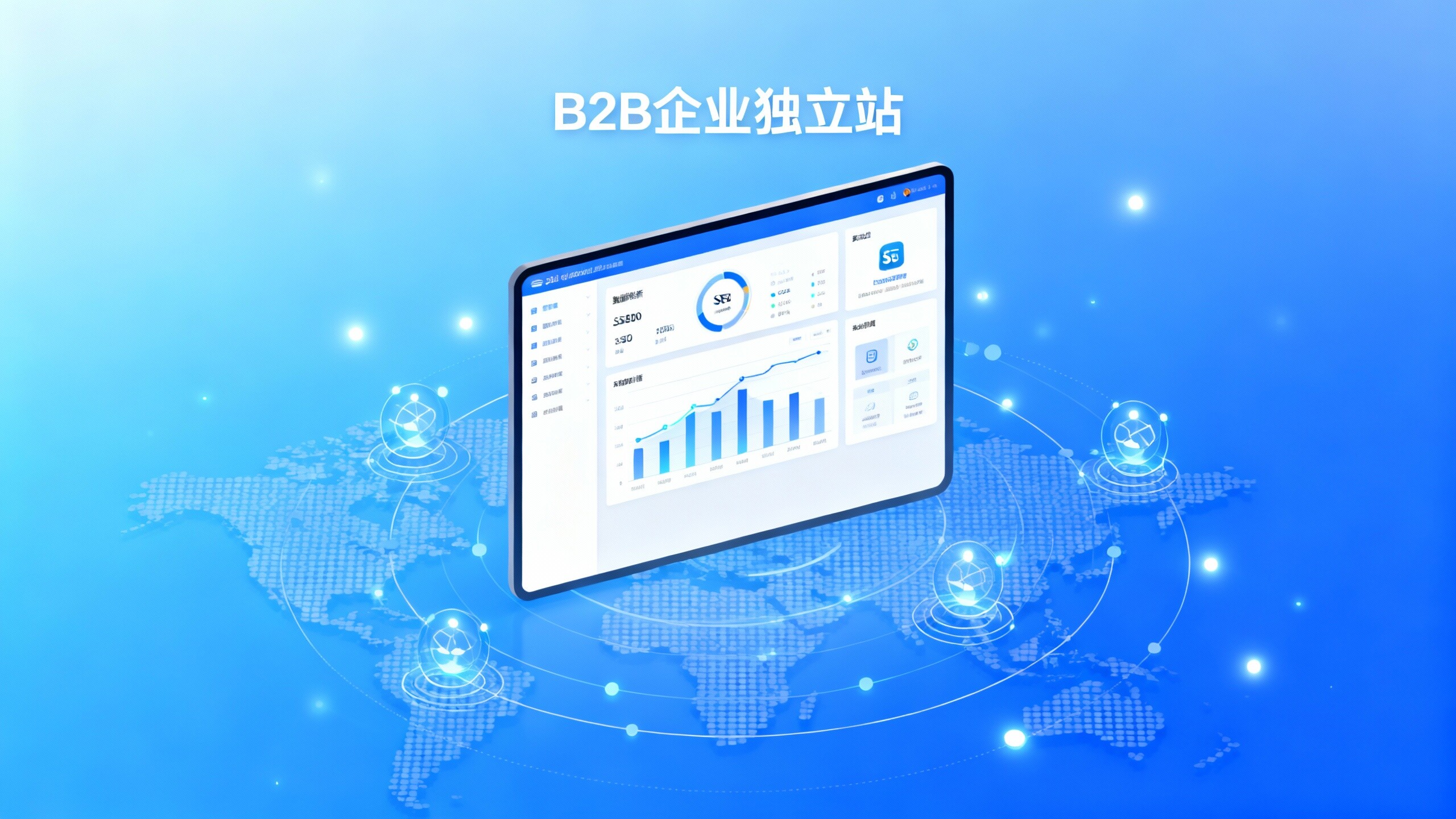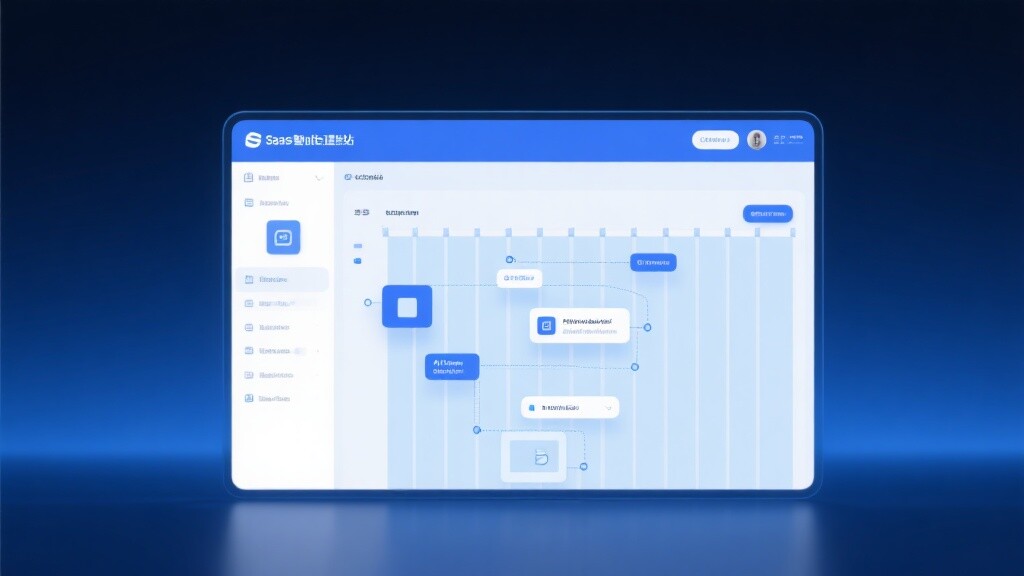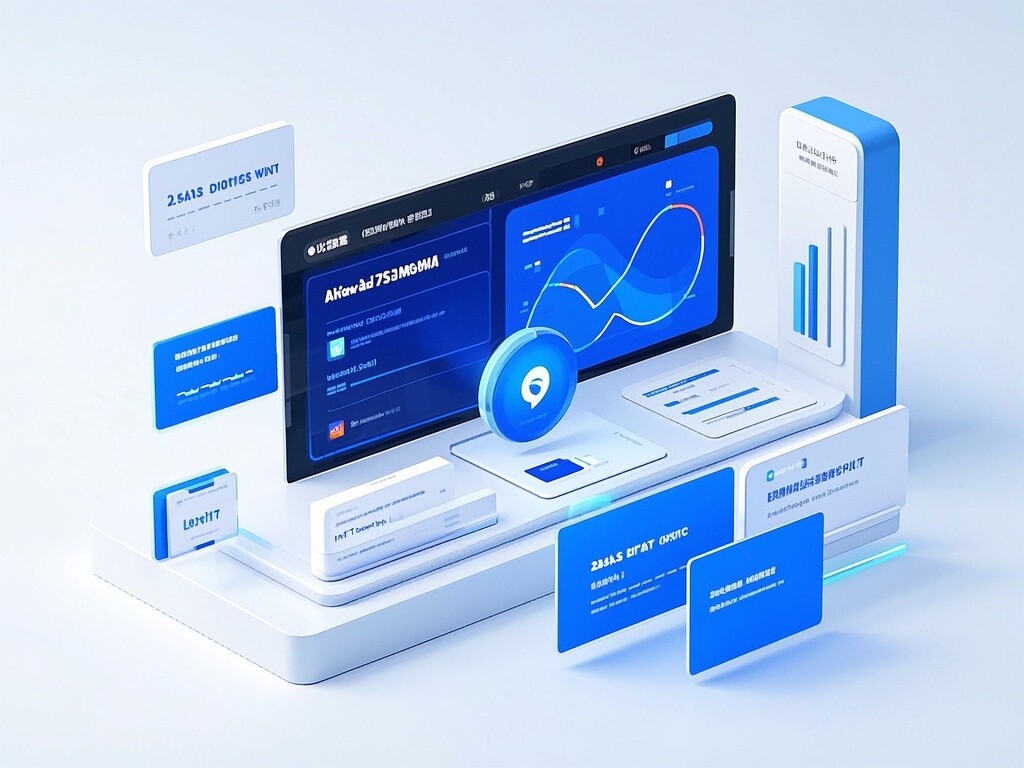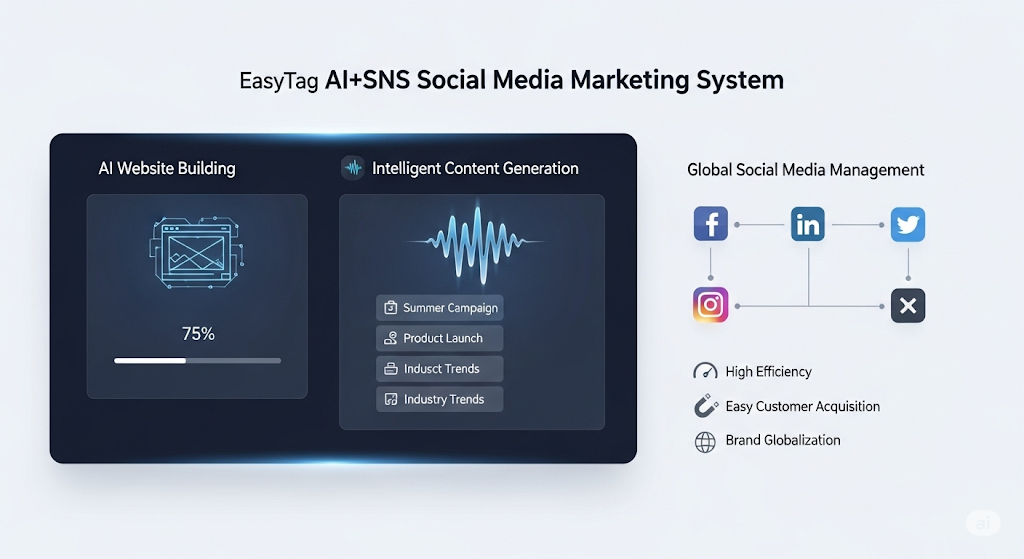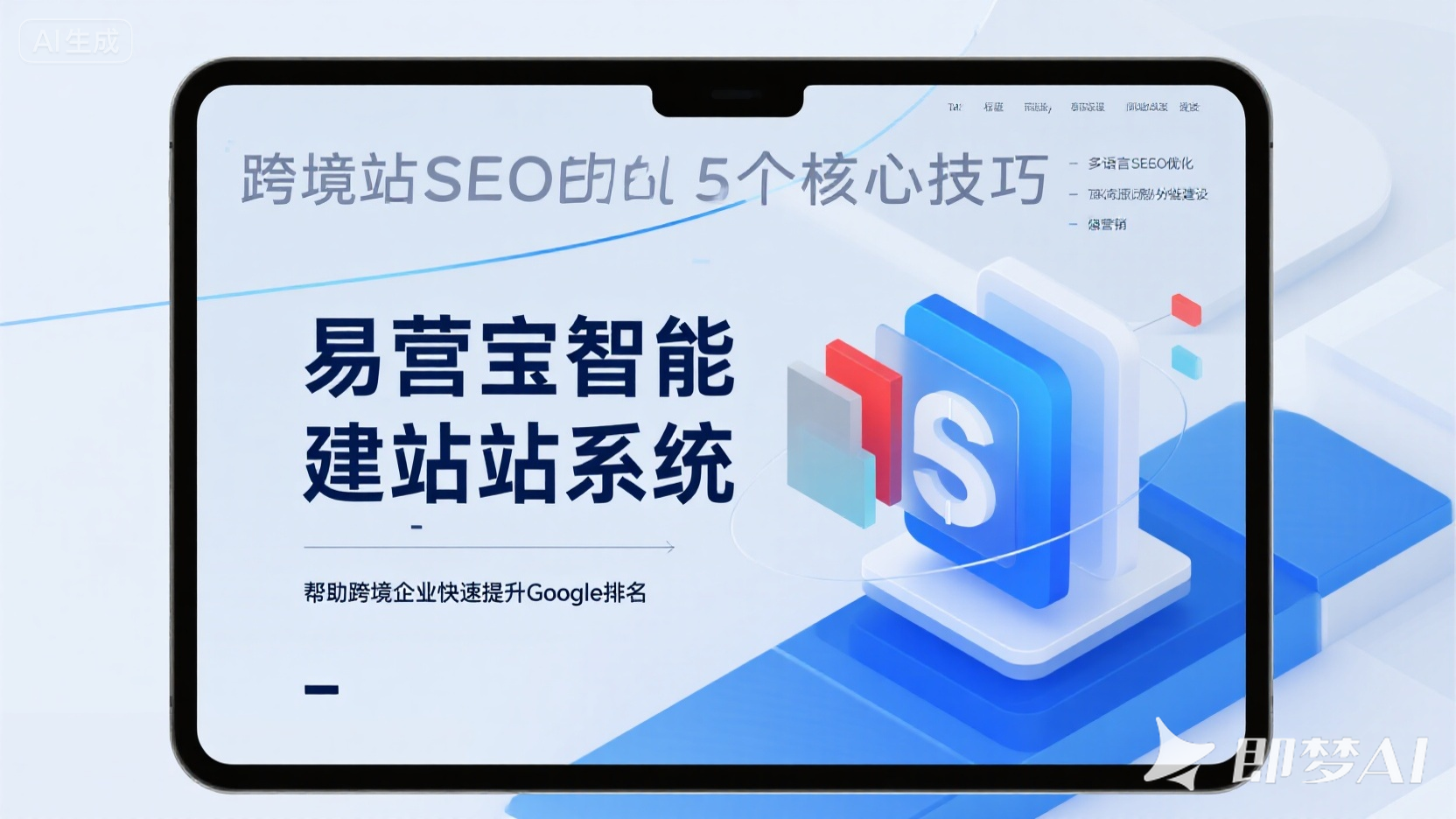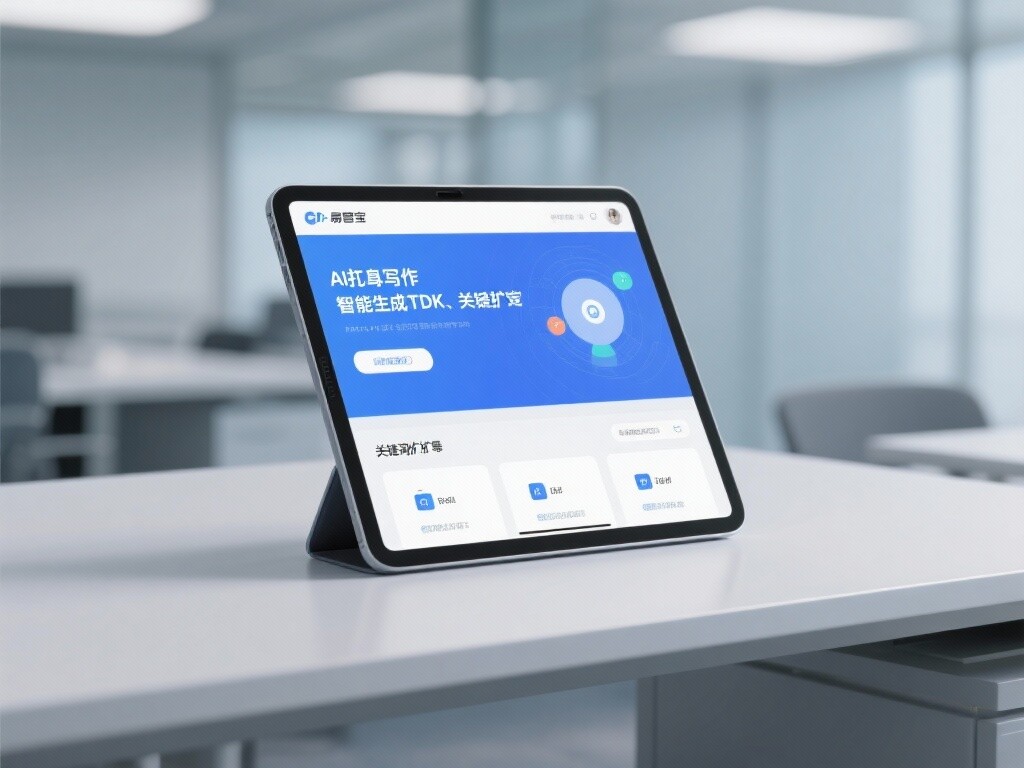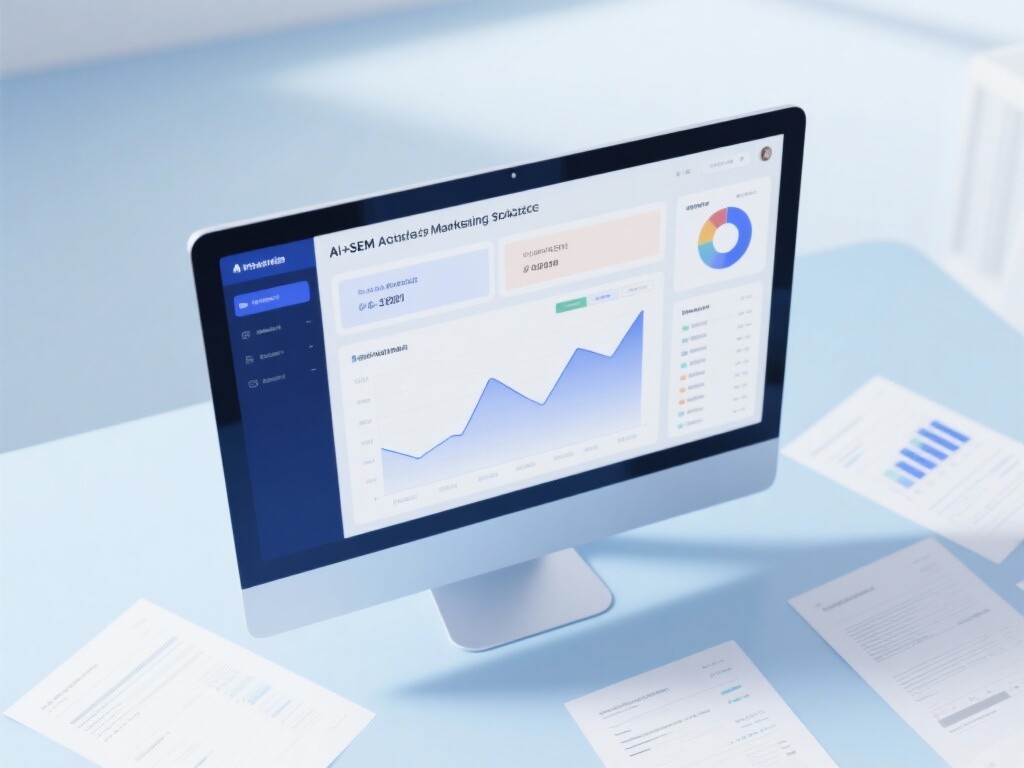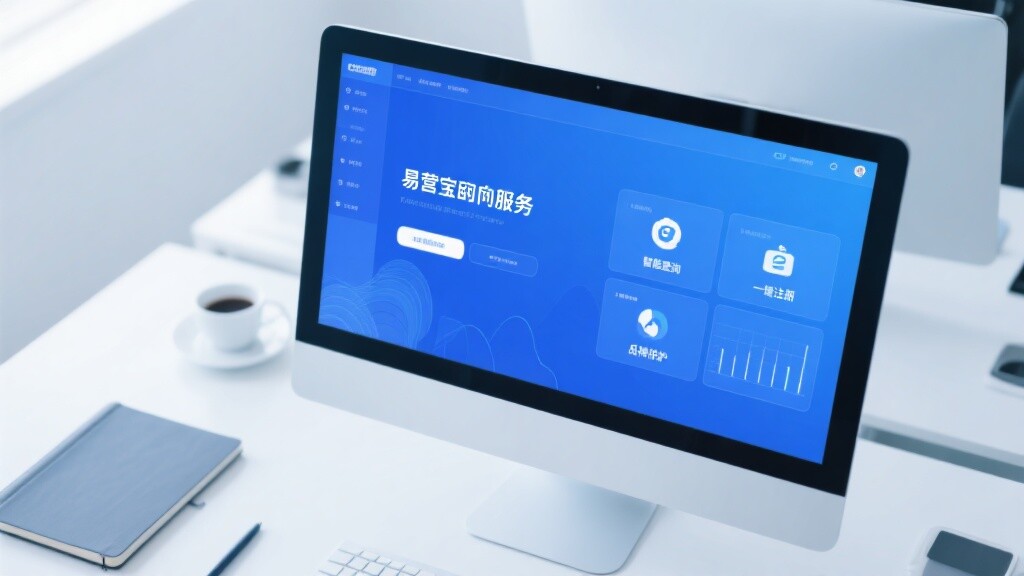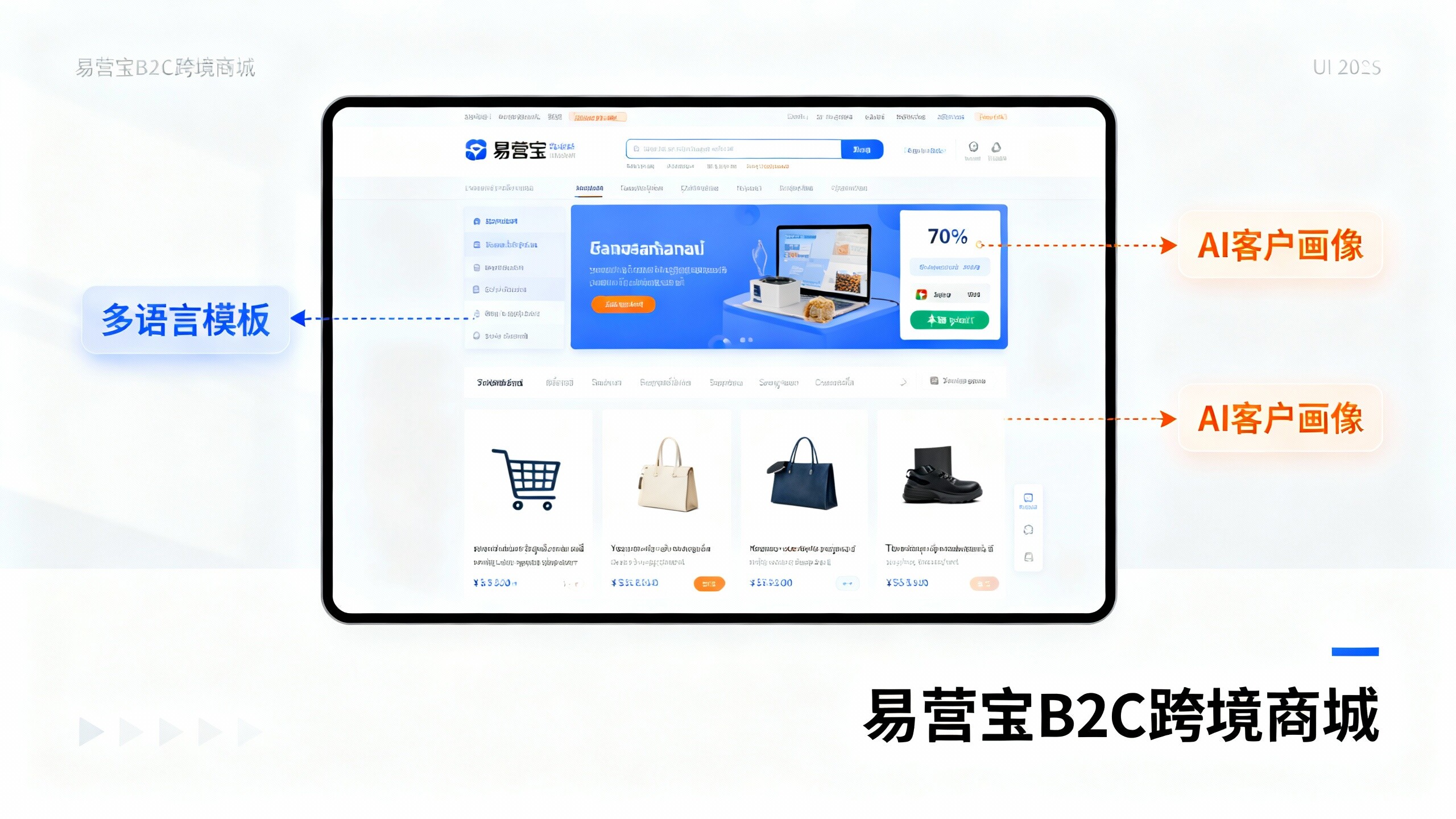Easy Camp Cloud Intelligent Website Construction and Marketing System Platform!
- SaaS Selection Guide for Foreign Trade Independents: Top 5 Platforms to Watch in 20242025-12-05View Details
- In-depth comparison of Shopify vs BigCommerce for the U.S. market for independent website SaaS solutions2025-12-05View Details
- Singapore Independent Website Service Providers Recommendation: These Localization Strategies Double Order Volume2025-12-06View Details
- Vietnam market independent website construction strategy: how to avoid local payment and logistics risks?2025-12-05View Details
- Jiangsu foreign trade independent station service provider evaluation: the 5 strongest technical strength!2025-12-05View Details
- Comparison of Top 10 Beijing Foreign Trade Independent Station Providers: Which one is more suitable for your business needs?2025-12-05View Details
- How to choose a reliable multilingual website builder for foreign trade enterprises?7 evaluation criteria2025-12-04View Details
- Foreign trade marketing system practical evaluation: 3 months to improve the enquiry volume of 200% of the secret2025-12-04View Details
How to Achieve Rapid Website Indexing? A Seven-Step Guide to Traffic Surge
Introduction
How to achieve rapid website indexing is a key factor for the growth of every independent site; this article combines SEM optimization techniques with global server acceleration to provide a seven-step actionable guide, helping to improve website SEO rankings and enhance foreign trade inquiries. Following this introduction, I will elaborate from seven dimensions: definition, technical implementation, actionable steps, comparative analysis, procurement guidance, client case studies, and frequently asked questions, assisting researchers, users, and technical evaluators in quickly forming executable solutions. The article integrates industry standards (such as Google Search Central and Core Web Vitals) with years of practical data from Yi Ying Bao, offering quantifiable optimization items and risk alerts to ensure readers can see stable indexing growth and a rebound in foreign trade inquiries within three months. The text balances SEO readability with engineering feasibility, avoiding theoretical generalizations and focusing on actionable methods and checkpoints.
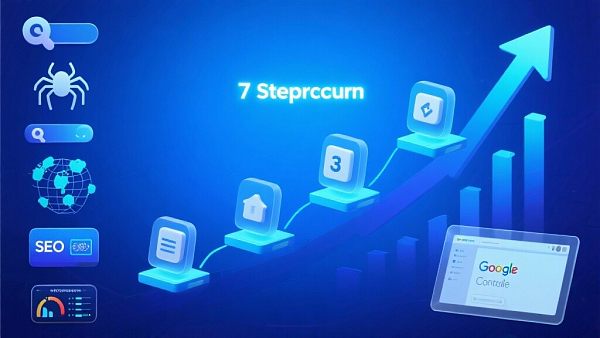
Definition and Problem Analysis (Why Focus on Rapid Indexing?)
Rapid indexing is not merely about pursuing the number of search engine captures but ensuring that high-value pages are promptly discovered, crawled, and indexed by search engines to gain exposure and conversions in search results. For independent sites (standalone site SEO), indexing speed directly impacts the cycle of generating foreign trade inquiries and the efficiency of lead-generation channels like YouTube. Common reasons for slow indexing include: chaotic site structure, errors in robots.txt or noindex, unsubmitted or outdated sitemaps, slow page loading causing crawler timeouts, excessive duplicate or low-quality pages, and high server latency due to geographical distance. Understanding these root causes and systematically adjusting them with SEM optimization techniques can transform the abstract goal of "how to achieve rapid website indexing" into an executable engineering project, significantly improving website SEO rankings and the probability of pages being indexed.
Seven-Step Actionable Workflow (An Executable Checklist)
Below is a seven-step actionable workflow, each step measurable, reversible, and combined with tools and standard checkpoints: Step 1: Audit the site's indexing status and crawl logs using Google Search Console, Bing Webmaster, and server logs to identify which pages are crawled, blocked, or errored; Step 2: Fix robots.txt, noindex, and canonical tags to ensure important pages are unobstructed and duplicate content is eliminated; Step 3: Build and submit a standardized XML sitemap, prioritize update frequencies, and actively submit via Search Console; Step 4: Optimize website loading and core metrics (Largest Contentful Paint, Cumulative Layout Shift, First Input Delay), combining global server acceleration and CDN strategies to resolve latency; Step 5: Use structured data (Schema.org) to annotate products, FAQs, and organizational information, improving SERP display probability and helping search engines understand pages; Step 6: Apply SEM optimization techniques to allocate keywords, page themes, and internal links strategically, forming crawl priorities; Step 7: Continuously monitor indexing changes and foreign trade inquiry conversions, using A/B testing to quickly validate page titles, TDK, and meta descriptions. Each step should have an owner, deadline, and quantifiable KPIs to form a closed-loop optimization.
Technical Performance and Global Acceleration Strategies (Keys to Loading Speed and Stability)
Website loading speed is a critical factor affecting indexing and rankings and a prerequisite for improving user experience and reducing bounce rates. For global target markets, prioritize global server acceleration strategies, including multi-regional server nodes, full-site CDN, edge caching, and intelligent routing to reduce TCP handshake and DNS resolution delays. Optimizing static resources (images, fonts, JS/CSS) with compression, lazy loading, and resource merging can significantly reduce first-screen loading times. When selecting services, focus on SLA, automatic SSL, DDoS protection, and HTTP/2 or HTTP/3 support for performance and security. Technically, recommend combining automated detection platforms to regularly crawl key pages and track Core Web Vitals trends. For practicality, we also recommend using validated AI tools to batch-generate and auto-optimize TDK and content metadata, such as implementing AI+SEO marketing solutions for automated TDK generation and page diagnostics, transforming "methods to improve website SEO effectiveness" into scalable, process-driven execution.
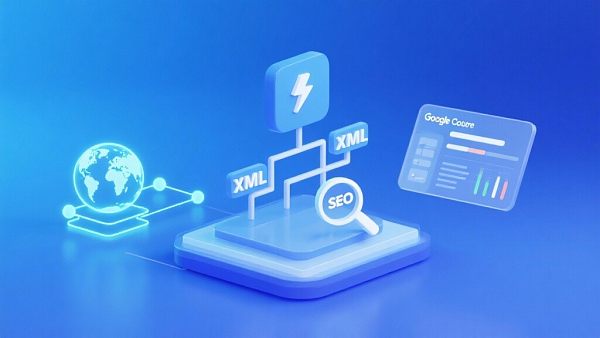
Comparative Analysis and Procurement Guide (Choosing Between SaaS, Self-Build, or Outsourcing)
Choosing between self-building a tech stack, adopting SaaS platforms, or outsourcing to agencies requires balancing cost, speed, controllability, and compliance. Self-building suits enterprises with long-term technical reserves and full data control but involves high upfront investment and long deployment cycles. SaaS solutions (like smart site-building + AI marketing platforms) offer standardized capabilities, automated SEO checks, global server acceleration, and multilingual support, ideal for foreign trade firms pursuing rapid indexing and short-term growth. Outsourcing is suitable for entrusting implementation and maintenance to experienced agencies but requires transparency and delivery quality scrutiny. When procuring, verify this core checklist: support for multilingual independent sites, built-in TDK automation and AI content capabilities, global CDN nodes with actual latency data, integration with Search Console and ad account diagnostics, and compliant cross-border data handling and legal safeguards. Translating these technical metrics into contract SLAs and acceptance criteria can significantly reduce project risks and improve subsequent SEO efficiency.
Industry Scenarios and Client Case Studies (Applying Rules to Foreign Trade and Lead Generation)
In manufacturing B2B, cross-border e-commerce, and SaaS出海 scenarios, indexing speed and page rankings directly determine the efficiency of foreign trade inquiries. One client案例: After deploying global server acceleration and restructuring on-site TDK and structured data, core product pages saw a 45% increase in first-page exposure in target markets within three months, with foreign trade inquiries from organic search growing 80%. We combined SEM optimization techniques to stratify long-tail keywords and linked YouTube lead-generation content with on-site landing pages, forming a multi-channel lead-generation闭环. Another case involved applying automated translation and localization strategies on multilingual sites, reducing loading times by 30% with local server nodes, solving海外 market indexing delays and high bounce rates. Industry实践证明: Combining technical optimizations (loading speed services, global server acceleration) with content strategies (high-quality long-tail content, FAQs, and structured data) achieves long-term stable indexing growth and conversion improvements.
Frequently Asked Questions (FAQ), Trend Analysis, and Our Call to Action
FAQ: 1) How to check if my pages are indexed? Answer: Use Google Search Console’s URL inspection tool with site:domain commands and server log comparisons; 2) Is slow indexing only about page quality? Answer: No, loading speed, server location, sitemap, and robots配置 all matter; 3) How soon to see results? Answer: Typically 30–90 days for noticeable indexing changes; content and backlink optimizations are mid-to-long-term strategies. Trend分析: Over the next two years, search engines will rely more on page experience (Core Web Vitals), structured data, and entity recognition, with AI-generated content quality assessments becoming ranking factors. Thus,合理 combining AI tools for规模化内容生产 while maintaining manual reviews and local优化 is the most sustainable strategy. Why choose us: Yi Ying Bao leverages AI-driven all-in-one smart marketing platforms and global server acceleration, integrating smart site-building, TDK automation, AI keyword expansion, and ad diagnostics to provide "build-acquire-convert"闭环 services. If you want to turn "how to achieve rapid website indexing" into a replicable growth engine, contact us for free diagnostics and试用方案.
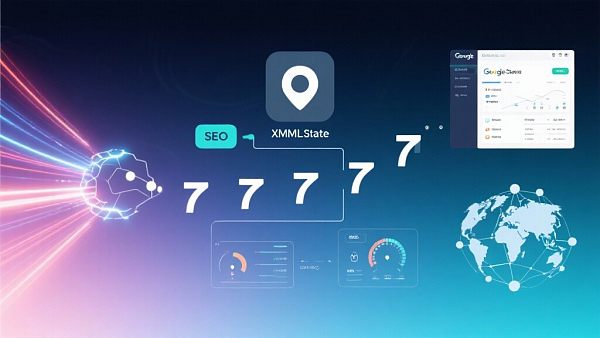
Contact us: For tailored SEM optimization落地方案, website loading speed services, or independent site SEO strategy evaluations, book a free diagnostic via official channels. Based on data diagnostics, technical改造, and content systems, we’ll create executable project plans to help you achieve rapid indexing surges and foreign trade inquiry growth in target markets.
Related articles
 Shanghai independent station construction cost full analysis: foreign trade enterprises how to control the station building budget?
Shanghai independent station construction cost full analysis: foreign trade enterprises how to control the station building budget? 2024 Shandong independent station construction guide: how to choose the most suitable for B2B enterprises to build a station program?
2024 Shandong independent station construction guide: how to choose the most suitable for B2B enterprises to build a station program? How to maintain a multilingual website after construction? Please take this operation manual
How to maintain a multilingual website after construction? Please take this operation manual
Related products

